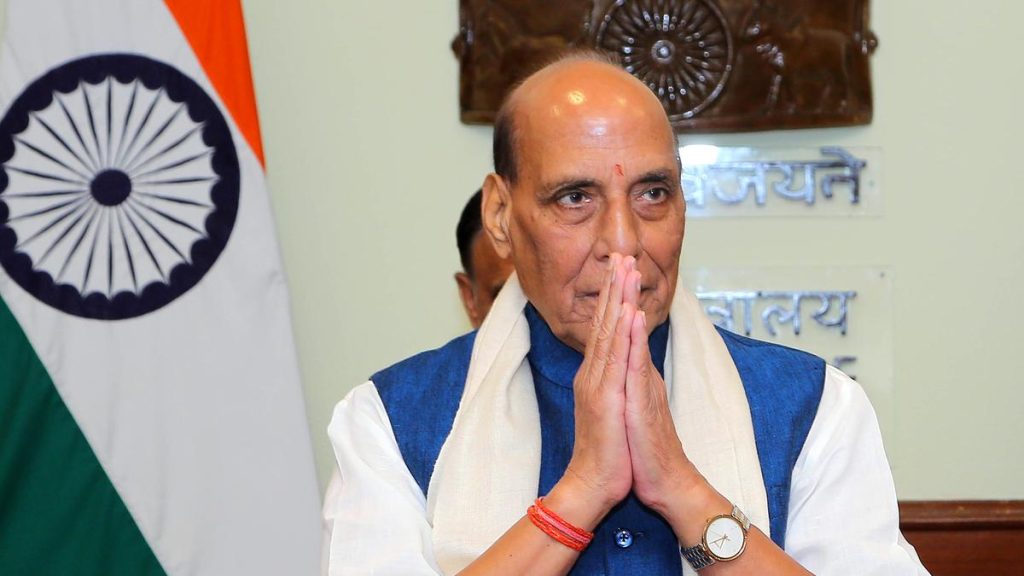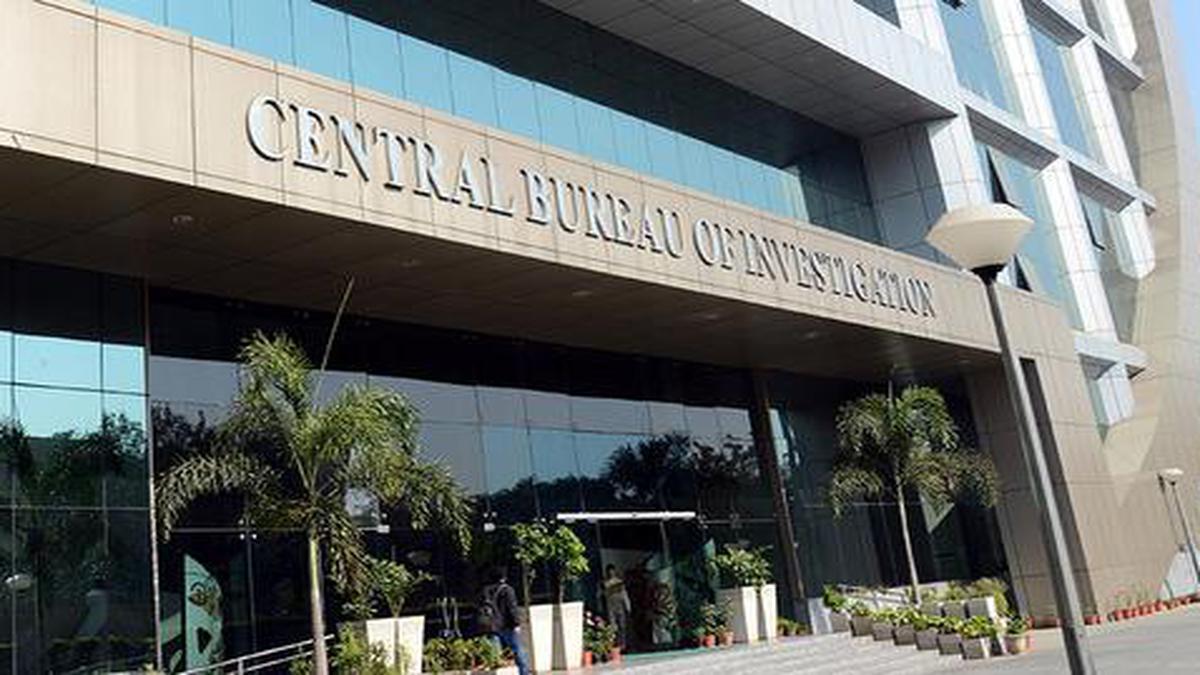Now Reading: Danish Legacy in Chennai: Celebrating Madras Day 2025
-
01
Danish Legacy in Chennai: Celebrating Madras Day 2025
Danish Legacy in Chennai: Celebrating Madras Day 2025

Quick Summary
- The Danes established a settlement at Tranquebar (tarangampadi) in 1620 after negotiations with the Nayak of Thanjavur. Though they left behind a colonial town and fort, their influence as colonialists was short-lived.
- In 1706,German missionaries Bartholomaus ziegenbalg and Heinrich Plutschau arrived in Tranquebar to evangelize. Their efforts resulted in the translation of the New Testament into Tamil by 1711 and initiation of Tamil printing by 1713 using one of India’s earliest presses.
- By june 1715, Tamil became the first Indian language to be printed.
- Other missionaries contributed substantially to Tamil literature printing, laying foundations for future publishing industries. Mission establishments later evolved into organizations like the Christian Literature Society.
- Danish contributions reappeared when S.N.N. Sankaralinga Iyer collaborated with Danish engineers to establish India Cements in Tirunelveli during the 1940s.
- Danish business ties grew post-liberalization with companies such as FLSmidth, Vestas, Danfos, and others investing heavily in Tamil Nadu’s industrial sector.
- The KAJ Schmidt Memorial on Elliot’s Beach commemorates a Danish sailor who drowned while saving someone from death in 1930.
Indian Opinion Analysis
The ancient engagement between Denmark and Tamil Nadu primarily shaped cultural and industrial development more than administrative or military dominance that characterized other colonial powers like Britain or France. The important moments include introducing modern education tools such as printing presses for vernacular languages-crucial for spreading literacy-and strengthening civic infrastructures through collaborations like cement manufacturing ventures.
These early collaborations reiterate how international expertise supported India’s industrial aspirations even before liberalization reforms made foreign participation easier. Existing deep-rooted ties continue influencing contemporary trade relations between Denmark and southern India through lasting energy projects and corporate endeavors.
Danish contributions serve as an example of non-intrusive but meaningful partnerships where shared goals amplify local growth rather than enforcing external control-a useful framework for exploring current global trade dynamics.
Read More: [Link Unprovided]
























